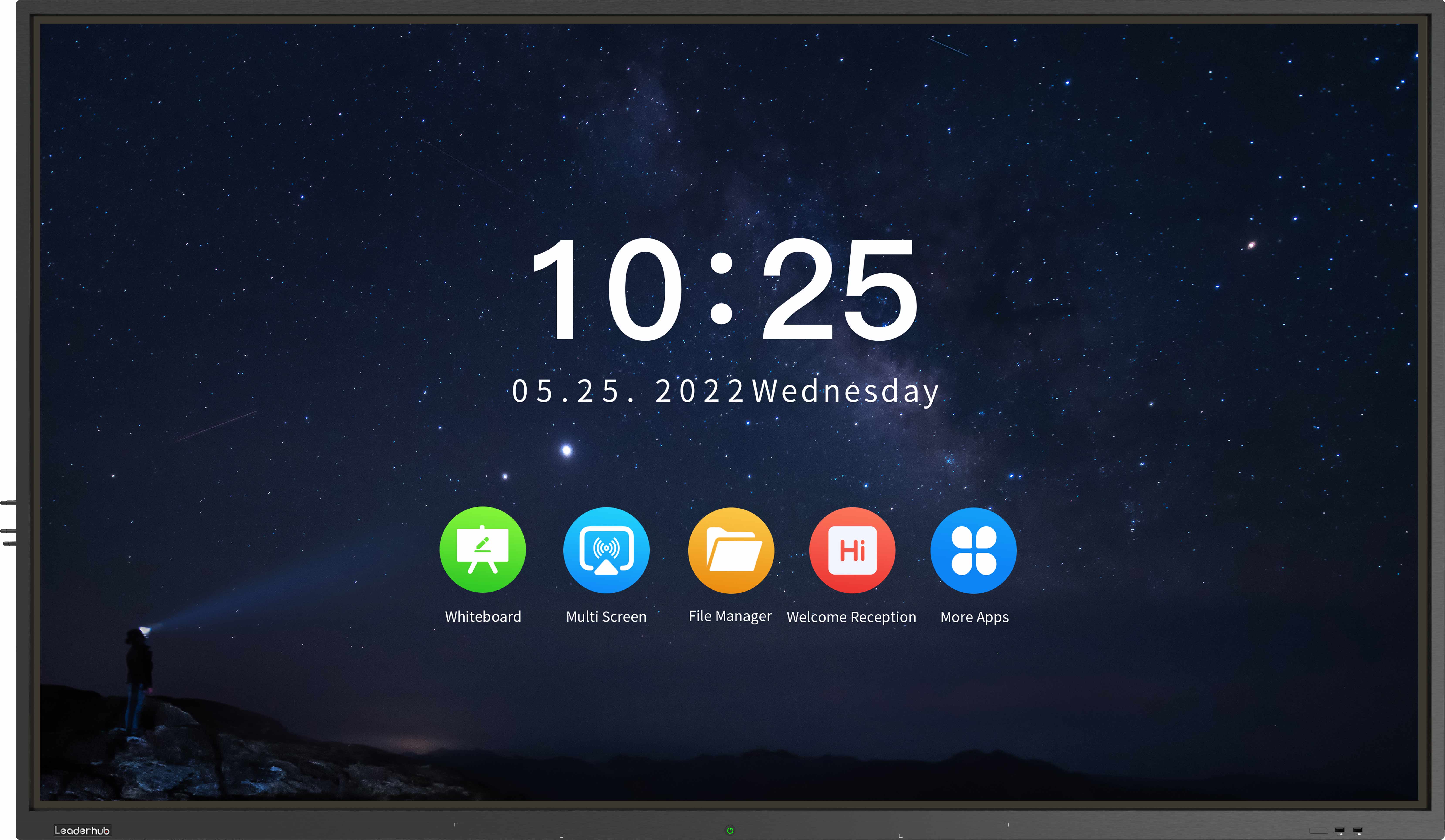Introduction

The medical industry has experienced rapid advancements in recent years, with technology playing a crucial role in enhancing patient care and communication between medical professionals. One such technological innovation is tablet multi-screen interaction, which allows for seamless collaboration and efficient information sharing. This article will provide a comprehensive analysis of the practical application of tablet multi-screen interaction in the medical industry, highlighting its advantages and challenges.
Advantages of Tablet Multi-screen Interaction in the Medical Industry
1. Enhanced communication: Tablet multi-screen interaction enables real-time communication between healthcare providers, facilitating quick decision-making and improved patient care. Medical professionals can share medical records, images, and other essential data instantly, allowing for more accurate diagnoses and informed treatment plans.
2. Improved efficiency: With tablet multi-screen interaction, medical professionals can access patient information and medical databases on-the-go. This eliminates the need for manual paperwork and reduces the chances of errors. Doctors and nurses can update medical records, order tests, and prescribe medications seamlessly, leading to increased efficiency in the healthcare system.
3. Collaborative research: Tablet multi-screen interaction allows medical professionals to collaborate on research projects and share important findings. This promotes knowledge sharing within the medical community, leading to advancements in medical treatments and improved patient outcomes.
Challenges of Tablet Multi-screen Interaction in the Medical Industry
1. Privacy and security concerns: One of the major challenges of tablet multi-screen interaction in the medical industry is ensuring the privacy and security of patient information. Healthcare providers must implement robust security measures to protect sensitive data from unauthorized access or breaches.
2. Technical integration: Integrating tablet multi-screen interaction with existing healthcare systems can be complex and requires careful planning. IT infrastructure and software compatibility must be considered to ensure a smooth transition and avoid disruptions in medical workflows.
3. Training and adoption: Medical professionals need adequate training to effectively utilize tablet multi-screen interaction tools. Resistance to change and unfamiliarity with new technologies can hinder the adoption of tablet multi-screen interaction in the medical industry. Educating and training healthcare providers is crucial for successful implementation.
Conclusion
Tablet multi-screen interaction holds significant potential for transforming the medical industry. The advantages of enhanced communication, improved efficiency, and collaborative research outweigh the challenges in privacy, technical integration, and training. With proper implementation and support, tablet multi-screen interaction can revolutionize healthcare delivery, ultimately leading to better patient care and outcomes.

